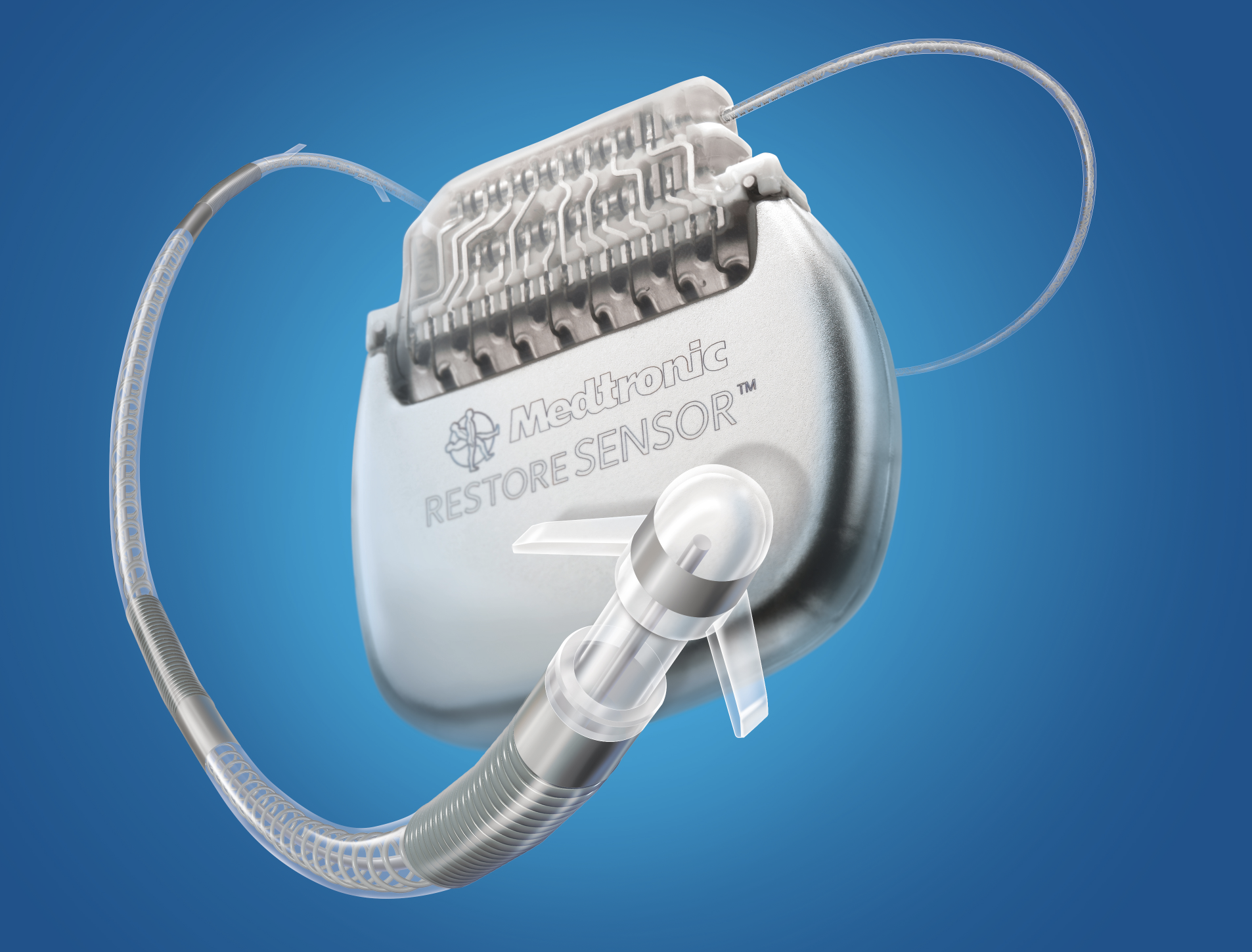Today I did a Google search for Migraine Surgery in Los Angeles and found some interesting things that I think deserve a discussion. When performing this search, I was surprised to find that one of the top listings was an advertisement for the Reed procedure and the Omega procedure, both commonly (and incorrectly) thought of as Migraine Surgery. The advertisement reads “permanent migraine solution,” and I thought I would look a bit closer into what the Reed Centers discuss. What I found was that these procedures are NOT migraine surgery, nor do they have the success rate of migraine surgery. These procedures are in fact placements of nerve stimulators. Nerve stimulator placement for the treatment of migraines is not a new technology, and may have a place in migraine care, but should not be confused with migraine surgery.
What is a nerve stimulator?
Nerves, and the entirely of the spinal cord and brain, work using chemical-electrical signaling. Nerve stimulators use an implanted battery to stimulate nerves, or the spinal cord, in the hopes to change the sensation that the nerves carry to the brain. The Reed procedure uses a nerve stimulator to stimulate the occipital nerves, while the Omega Procedure uses a stimulator to stimulate the supraorbital nerves.
How do nerve stimulators work?
According to Johns Hopkins, “Experts still don’t fully understand the mechanisms behind spinal cord stimulation,” and a detailed scientific explanation of how the nerve stimulation of the occipital nerves and the supraorbital nerves is not easily found on the Reed Procedure website.
How are the Reed Procedure and the Omega Procedure and real Migraine Surgery different?
Nerve stimulators are commonly placed by pain management doctors rather than actual surgeons. As such, the Reed Procedure and the Omega Procedure are much less involved than actual migraine surgery. This is likely the reason that there are so many more doctors able to place nerve stimulators than those of us performing migraine surgery. In migraine surgery, we can actually visualize and release the occipital nerves, the supraorbital nerves, or the other nerves that we know commonly trigger migraine pain. Removing the tight tissue that is causing the nerve inflammation under direct vision creates a direct and often immediate, long term relief from migraine pain. We know how migraine surgery works.
What are the risks of nerve stimulators?
Implanted nerve stimulators are comprised of a battery and “leads” or wires that carry electrical impulses to the nerves that they are supposed to treat. As with any implanted material, infection is the most significant risk, though the migration of the leads away from the nerves or breaking of the leads can also become an issue. Batteries can be irritating to the skin or the tissue surrounding the implant, and maintenance including necessary charging can become problematic. Of course, the most pertinent risk to a patient with migraine pain is the failure of the procedure, which is a risk of any treatment including migraine surgery.
What is the success rate of migraine procedures such as the Reed Procedure, the Omega Procedure, or actual migraine surgery?
According to a peer-reviewed article examining occipital nerve stimulation published in The Journal of Headache Pain that can be found here, the “response rate of the whole group (defined as a >30 % reduction in monthly moderate-to-severe headache days) was observed in 45.3 % of the whole cohort, 34.3 % of those with chronic migraine alone and 66.7 % in those with multiple headache types. Mean subjective patient estimate of improvement was 31.7 %.”
That can be compared to a review article about migraine surgery found here, where “The authors found that 80.5 percent of patients experienced at least 50 percent pain relief and 43.4 percent of patients experienced complete relief of headache.”
We can see through these representative studies that not only do migraine surgeons use a higher improvement rate as a measurement of success, but migraine surgery is able to achieve that higher rate of improvement nearly twice as often as nerve stimulators can.
The difference between Migraine Surgery and other procedures is critical to understand. The expectations and success rates of migraine surgery surpass not only nerve stimulation procedures but also the success rates of even the newest CGRP migraine medications such as Aimovig.1 More information regarding these therapies can be found here.
When researching migraine surgery and migraine relief in Los Angeles or anywhere else for that matter, be informed, be educated, and be sure to do your homework. Understand your options for finding long-lasting improvement from migraine pain. If you have questions or wish to learn more about your ability to find relief with migraine surgery, call our facility at 805-969-9904. One of our patient coordinators can discuss your case and schedule an in-person or virtual consolation with Dr. Lowenstein.
1) FDA (2018). FDA approves novel preventive treatment for migraine. [online] Available at: https://www.fda.gov/NewsEvents/Newsroom/PressAnnouncements/ucm608120.htm [Accessed 17 May 2018].

